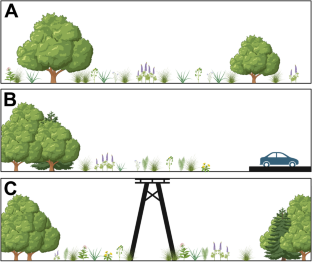2024-01-31 ワシントン州立大学(WSU)

<関連情報>
- https://news.wsu.edu/press-release/2024/01/31/potential-link-between-high-maternal-cortisol-unpredicted-birth-complications/
- https://www.sciencedirect.com/science/article/abs/pii/S0306453023008995
周産期の毛髪コルチゾール濃度は心理的苦痛と予期せぬ出産合併症に関連する Perinatal hair cortisol concentrations linked to psychological distress and unpredicted birth complications
J.A. Madigan, Sara F. Waters, Maria A. Gartstein, Jennifer A. Mattera, Christopher P. Connolly, Erica J. Crespi
Psychoneuroendocrinology Available online:9 December 2023
DOI:https://doi.org/10.1016/j.psyneuen.2023.106921
Abstract
Maternal well-being and stress during the perinatal period have been hypothesized to influence birth outcomes and the postnatal development of offspring. In the present study, we explored whether hair cortisol concentration (HCC) was related to symptoms of psychological distress during the perinatal period and with unpredicted birth complications (UBCs). Surveys measuring symptoms of perceived stress, state/trait anxiety, and depression were collected from 53 participants (mean age = 31.1, SD = 4.04; 83% Caucasian, 17% other races) during the third trimester and again at two and six months after birth, 24.5% of which reported UBCs. In a subset of participants, we measured HCC in hair samples collected during the third trimester (27–39 weeks) and six months after birth. Compared to participants reporting normal births, those reporting UBCs had significantly elevated composite stress, anxiety, and depression (SAD) scores two months after birth, but scores decreased by six months postpartum. During the third trimester, HCC was positively associated with reported SAD scores, and HCC was elevated in participants reporting birth complications. Logistic regression showed HCC, but not SAD scores, predicted UBCs (p = 0.023, pseudo R2= 19.7%). Repeated measures MANOVA showed HCC varied over the perinatal period depending on both SAD scores reported at two months postpartum and the experience of UBCs; but when SAD scores reported at six months postpartum were included in the model, the association between HCC and SAD scores and the influence of UBCs was diminished. Although generalizability is limited by our relatively small, homogeneous sample, findings support a positive association between reported psychological distress and HCC during pregnancy and at two months postpartum. We also report a novel finding that chronically elevated cortisol concentrations during pregnancy were related to the risk of UBCs and remain elevated through the early postpartum period, suggesting the importance of monitoring both psychological distress and HCC during the perinatal period.


